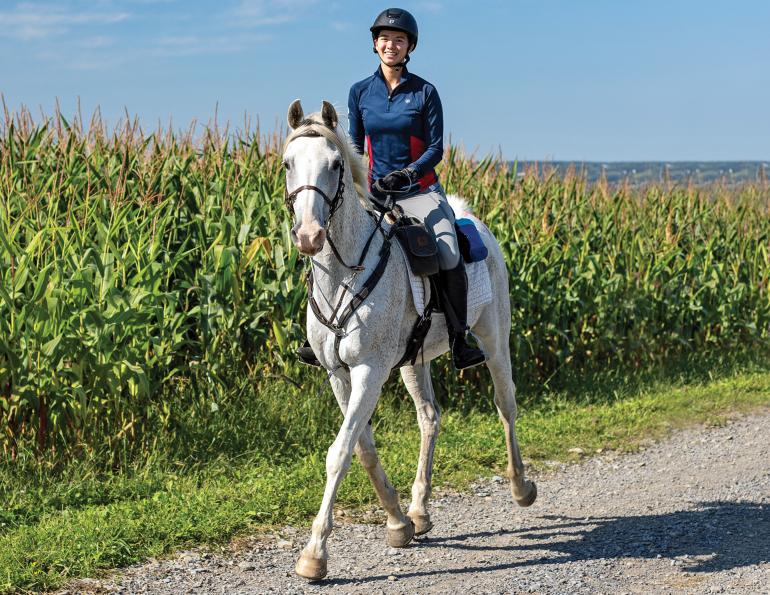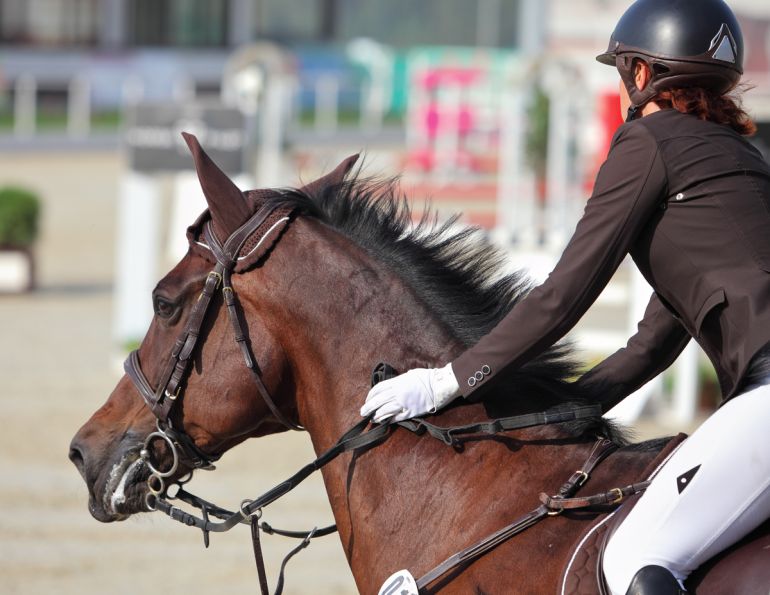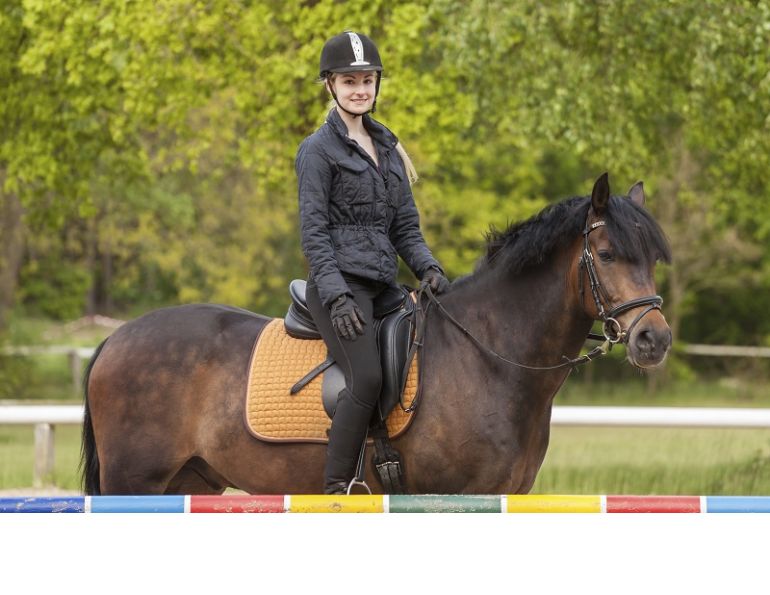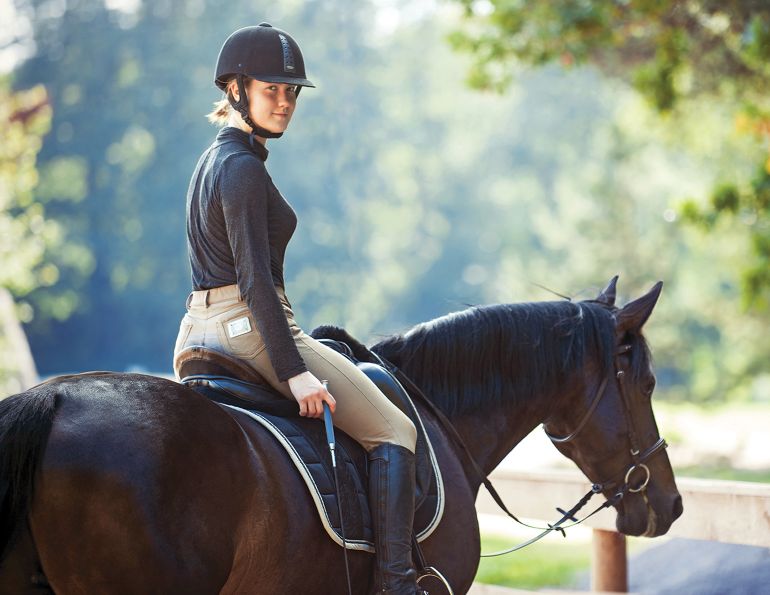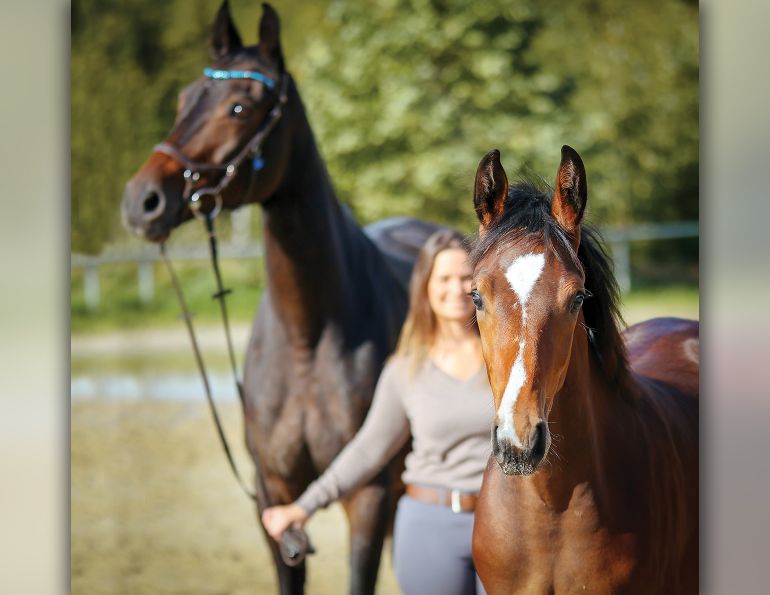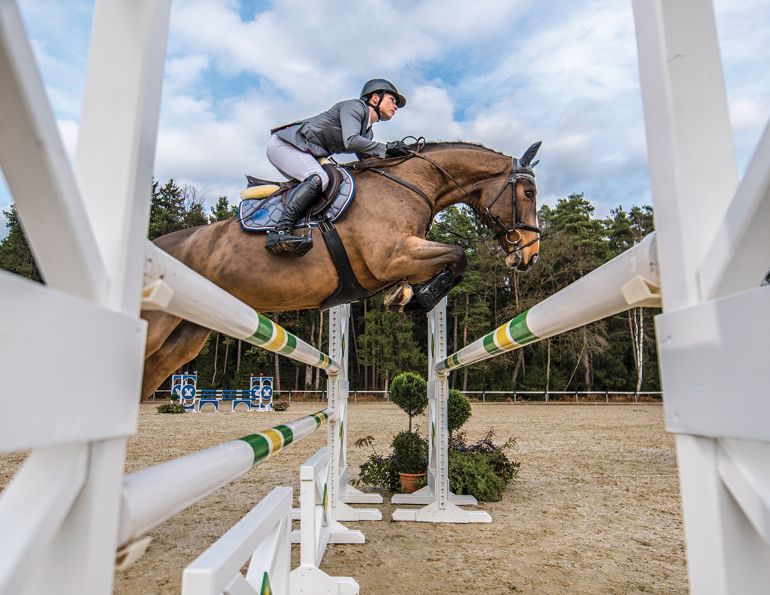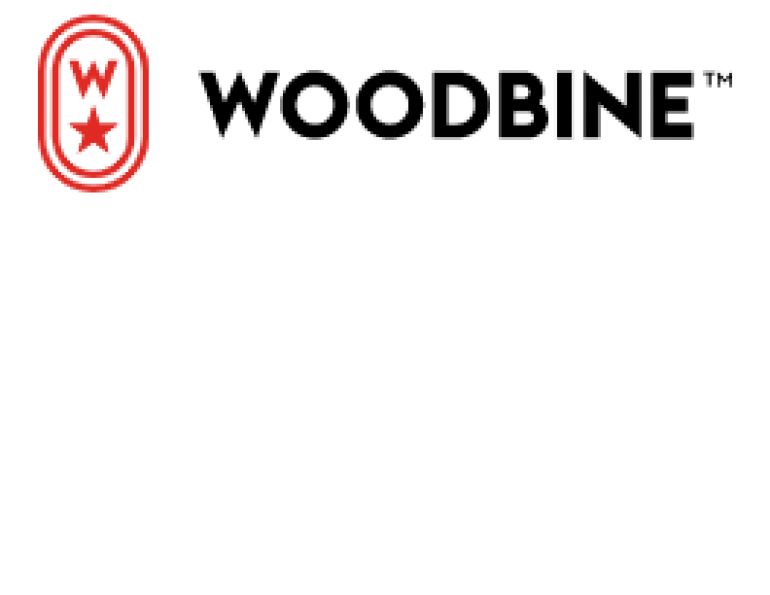By April Clay, M.Ed., Registered Psychologist
Imagine you and your horse are invited to the Dr. Phil show. (Okay, I realize we are in the realm of fantasy here, but just go with it.) What would your equine partner reveal about the state of your relationship?
You might be shuddering in nervous anticipation right now, or beaming at your confidence in the quality of your partnership. Others will be wondering what indeed may happen in such a situation. How are things going in this relationship?
Perhaps the most overlooked yet most important set of rider skills has to do with partnership. Riding is a relationship-based sport. You have a teammate who must somehow be made aware of your goals and develop a willingness to follow you. Too many riders get stuck focusing on themselves only. For beginners this is a given, as much of their energy is going to position and other basics. For the rest of us, there is simply no excuse for not becoming well versed in the art of connection.
Divorce Court or Wedded Bliss?
So how do you go about assessing the current state of your partnership? Close your eyes. Allow a picture of you and your horse to form in your mind’s eye. What emotions begin to surface? Are you experiencing frustration, anger or sadness? Hopefulness or contentment? Your emotional response to this picture can be informative. It is likely a summary of what is going on day-to-day for you and your horse. As in our relationships with people, emotions are powerful indicators that something may be off track and need fixing.
Six Rules of Effective Communication
In order to improve the quality of your interactions with your partner, step back and review the basics. Whether you are conversing with person or equine, the rules of effective communication are the same:
#1: Establish a connection. This first step has to do with engagement. If you want to talk to someone at a party, usually you would do something to engage or capture the attention of that person. You might smile as to appear friendly, or offer a greeting. The same goes for horses — you need to establish a connection with them in some way. Many say the best way is to start on the ground. Try touch, play, experience, and be present with your horse.
#2: Create a language. This may come as a surprise to some, but horses do not speak English. Nor do dogs, cats or the other animals we are fortunate enough to spend our time with. They come complete with their own language, which is meant to serve them in the best way possible. Imagine you find yourself in a foreign country surrounded by unfamiliar people and customs. You would have to find a way to bridge this gap if you want to get around. You may take to learning a few words and phrases of the new language, or use gestures and other body language to make your needs understood. When it comes to horses, you must create a shared language of pressure and release. The language you seek to develop is based on the way you use your body and energy. In other words, since your equine buddy cannot pick up an English language course at the local college, you have to step into his world and learn a little about speaking “horse”.
#3: Decide on your intention. What is it that you want? Be very clear with yourself before you pass along your message to your horse. All the same stuff that breaks down our human-to-human communications can break down what we have going with our horses (assumptions, beliefs, emotional states, body language). For more on getting your communication filters clean, see “conversation stoppers” section below.
#4: Make your request clearly. At this juncture, you put all else aside and relay your message. It may be a little pressure to move left or right, or a more complex sequence of pressure and release to indicate something like collection.
#5: Listen for feedback. What kind of message are you getting back about the request you just made? This is a step that years ago was purposefully skipped, before the horse whisperers became mainstream horse language coaches. Those were the days when compliance and submission were the end goals. Fortunately, we now find ourselves in a different and more enlightened paradigm of horse/rider communication. Today, the feedback you get from your horse is considered very valuable. It gives you information about whether your message was delivered as intended. This step, when properly executed, defines the very nature of partnership. Think about your human-to-human communications. How do you feel most respected and connected? Chances are, it is when someone has shown you they care enough to listen.
#6: Respond. If your relationship with your horse is to be a true working partnership, you must let him know in some way that you have heard his communication to you. In horse speak, this may be something like: ‘Yes, you got it’ equals ‘release of pressure’, or ‘No, not quite’ equals ‘reapplication of aid.’
Now that you have reviewed the rules of good communication, determine which rules you sometimes violate. Consider how you may stop doing this so that you make yourself more aware in future training sessions (also known as ‘conversations’). If you think you do a pretty fair job of following these rules, yet still seem to be having challenges, then what? It may just be that you are still engaging in some behaviours which are putting a stop to your communication.
Conversation Stoppers
Not present: This is a very common challenge for many riders. There you are, out there riding when suddenly you think of your grocery list. No, you are ruminating over your grocery list. If only you could remember what it was you needed to pick up on the way home. Again, since your horse cannot say, “ahem, can we get back to me please?” you may get a different, more unpleasant reaction such as a drop in pace, a spook, some rapid tail swishing or even a buck. When you are not in the present with your horse, consider yourself to have become “unplugged”. The conversation connection has been lost, and needs to be regained. Don’t punish your horse for your lapse in focus, instead, take responsibility and get back on track. No doubt you have experienced this one yourself with your friends. How annoyed are you when you are trying to talk and they start gawking at someone else or get that glazed “I don’t care and I am thinking of something else” look in their eyes?
Not listening: Yes, you are the leader in this partnership but that doesn’t mean you get to forget to listen respectfully. A smart manager knows that employees are vital to the running of their company and will actively listen to their opinions. You should consider doing the same for your teammate. Sometimes we don’t listen by jumping in (repeatedly asking and asking for a movement without waiting to see what the horse’s response is), or judging (your focus is on what is right or wrong, not on the process of the conversation). An example of the latter would be the perfectionist rider who gets so wrapped up in things being “right” they forget to attend to their horse’s needs.
Mixed messages: Again, as with people, in our communications with our horses there are plenty of opportunities for double messages. Consider the person who says, “I’m not mad at you” but has their arms firmly crossed. This is much like the rider who says, “yes I want you to go forward” (applies pressure) but grabs and snatches at their horse’s mouth. Mixed messages can arise from a number of different situations. There are times when our emotions lead us to behaviors we are not even conscious of. A nervous rider may do her best to calm herself but the energy and tension flowing through her are interpreted as subtle “speed up” messages to her mount. Sometimes a lack of skill or consistency causes our intentions to be fuzzy and hard to interpret. An example would be the novice rider who is concerned with upsetting his horse, and who applies such faint pressure that nothing is received on the other end. Learn to check and recheck your message’s accuracy and clarity if you find yourself in a repetitive struggle with your horse. It just may be that your partner is not all that sure of what you are asking.
The choice is yours. You can focus solely on your technical ability as a rider and become fairly accomplished. Think of the smart folks who have all the answers, but can they get them across to others? Can they work in teams? Do they possess social and emotional skills? On the other hand, great riders recognize that whatever they do with their horses, there is a connection or dance in progress. They watch the tempo, see how the dance changes and make adjustments when needed.
To read more articles by April Clay on this site, click here.
Main photo: Robin Duncan Photography - Develop a true working partnership by engaging your horse in an ongoing conversation, listening to his feedback and responding appropriately.



